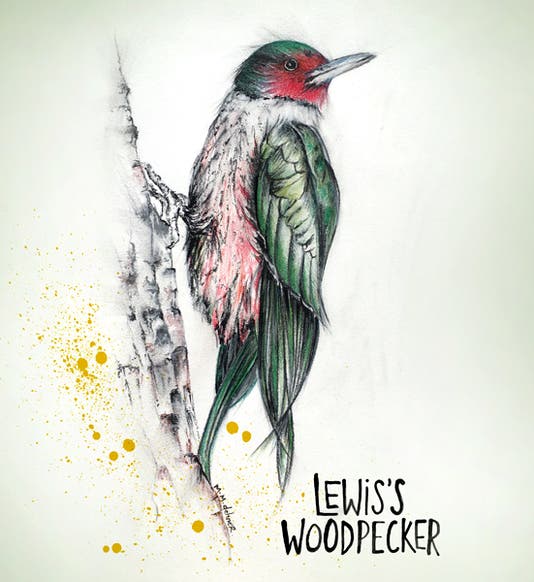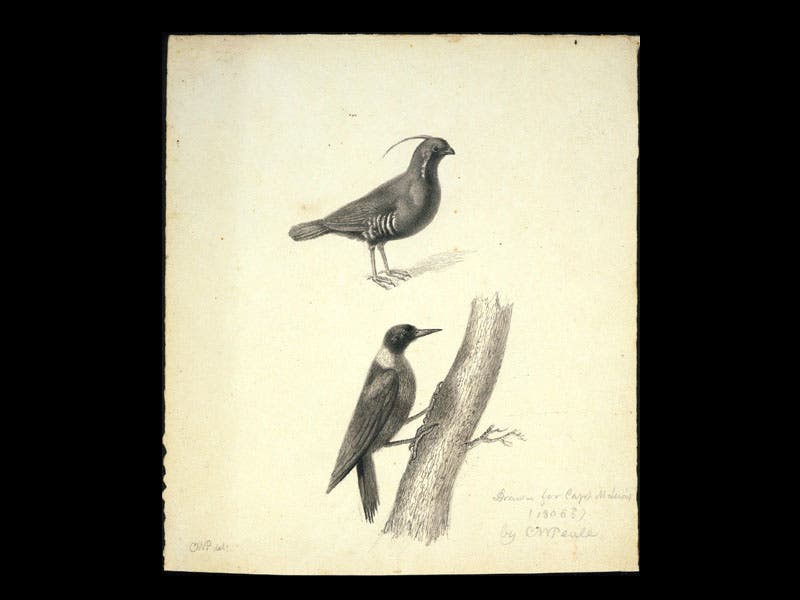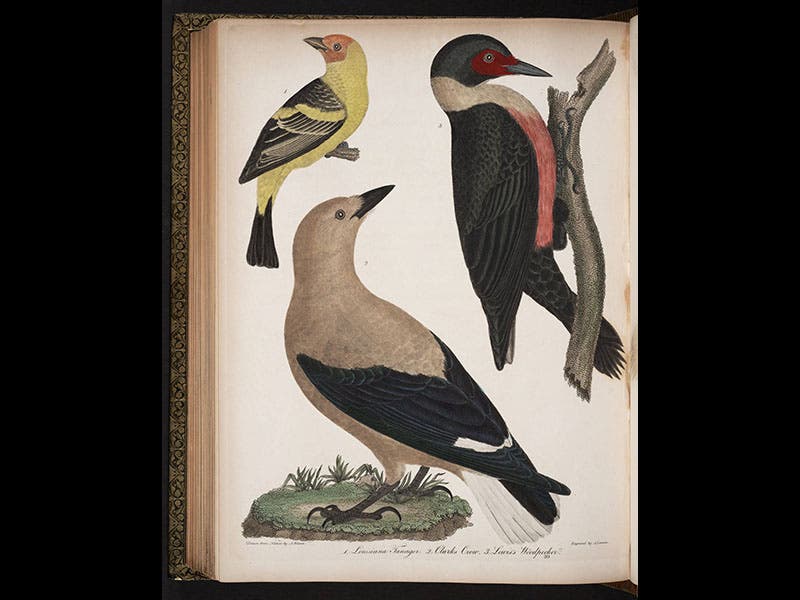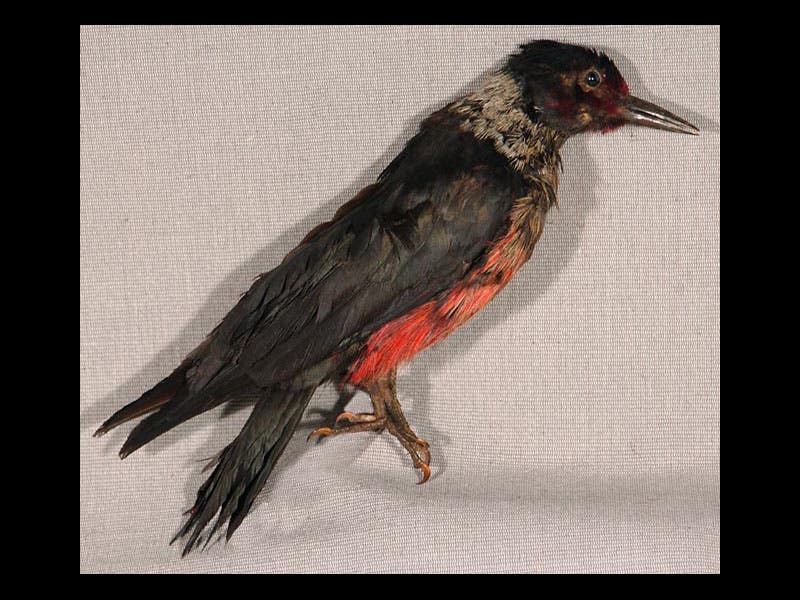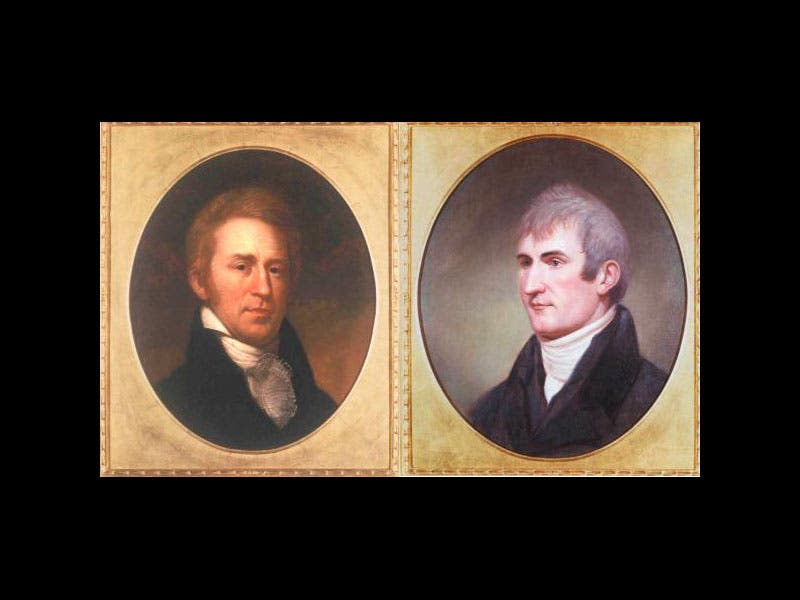Scientist of the Day - Meriwether Lewis
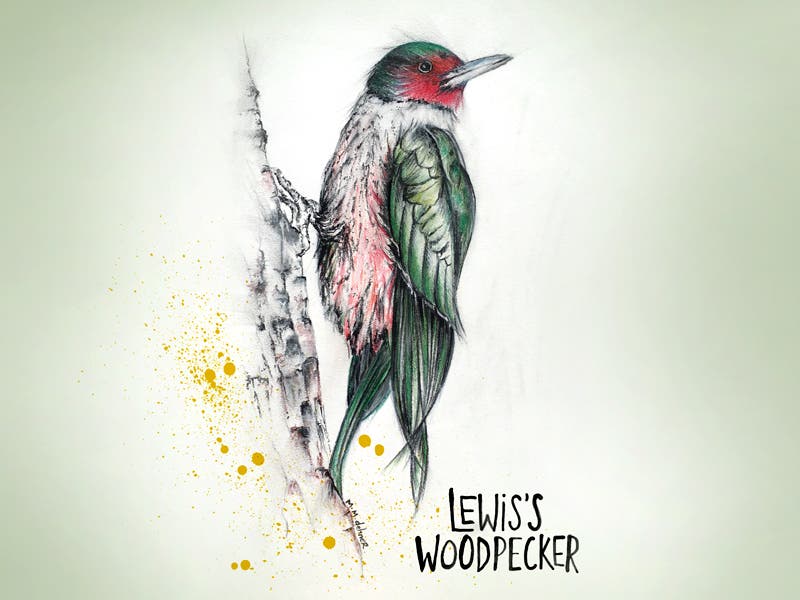
Melissa Dehner

Linda Hall Library
Meriwether Lewis, an American naturalist explorer, was born Aug. 18, 1774. Lewis grew up in sight of Monticello, Thomas Jefferson's residence in Virginia, and Jefferson thought highly of young Lewis, making him his personal secretary, really his aide-de-camp, during Jefferson’s first term in the White House (in fact, Lewis lived in the brand-new White House from 1801 to 1803, while Jefferson himself moved back to Monticello). In 1803, Lewis was selected by Jefferson to lead an expedition known as the Corps of Discovery, to explore the Missouri River and possible connections to the Pacific. Lewis chose William Clark, his friend and former Army commander, as his co-leader of what would come to be better known as the Lewis and Clark Expedition, which set out in 1804 and returned in 1806. Lewis was the strategic planner of the two, the thoughtful ruminator, the naturalist; Clark was the tactician, the problem solver, the recorder of straight facts without trying to force them into a larger picture. Clark was better liked, by expedition members and native Americans; Lewis seems to have been somewhat remote, although he supposedly had the better sense of humor. Before the expedition, Lewis suffered from bouts of depression--Jefferson noticed and commented on these--but the trip across country seems to have relieved his depression, at least temporarily.
Lewis took his job as naturalist seriously, collecting hundreds of specimens that would help establish the wide range of North American fauna. One of the birds Lewis brought back was a large blackish-green woodpecker with a grey collar and a rosaceous breast. He first observed it in Montana in 1805 and secured a specimen in Idaho in 1806. All of his specimens were given to Jefferson, who distributed them; the woodpecker went to Charles Willson Peale and his Philadelphia museum. Peale, great artist that he was, could not resist drawing several of Lewis's specimens, including the woodpecker, in readiness for the narrative that Lewis intended to write, and the drawing survives in the Library of the American Philosophical Society (second image) . The bird was also drawn by Alexander Wilson, who named it Lewis’s woodpecker and included it in his American Ornithology (1811; third image), and Audubon included it as well in his Birds of America (octavo edition, 1840-44, fourth image). Neither illustration from these legendary bird artists is as appealing or as accurate as the sketch of our in-house artist, Melissa Dehner (first image).
Most of the original expedition specimens brought back by Lewis disappeared after the break-up of the Peale Museum in the mid-19th-century; Lewis's woodpecker is the only one that survives, having wound up in the Museum of Comparative Anatomy at Harvard (fifth image).
Lewis had a troubled life after the expedition. He was appointed governor of the Upper Louisiana Territory but had trouble handling the responsibilities. He promised Jefferson a publishable manuscript from his journal (seven of the Corps members kept journals), but in three years, he never put a word on paper. He was accused of financial mismanagement in 1809, and while on his way to Washington to exonerate himself, he stopped overnight at a cheap inn on the Natchez Trace. There, on Oct. 11, he died of gunshot wounds, at the age of 35. The possibility of foul play has often been raised, but Jefferson and Clark believed that Lewis shot himself in another fit of depression, and most historians today concur.
Charles Wilson Peale made one other contribution to the Lewis and Clark saga; he provided us with portraits of both men, the ones that are most often seen today in accounts of the expedition. Meriwether Lewis is on the right (sixth image).
Dr. William B. Ashworth, Jr., Consultant for the History of Science, Linda Hall Library and Associate Professor, Department of History, University of Missouri-Kansas City. Comments or corrections are welcome; please direct to ashworthw@umkc.edu.

